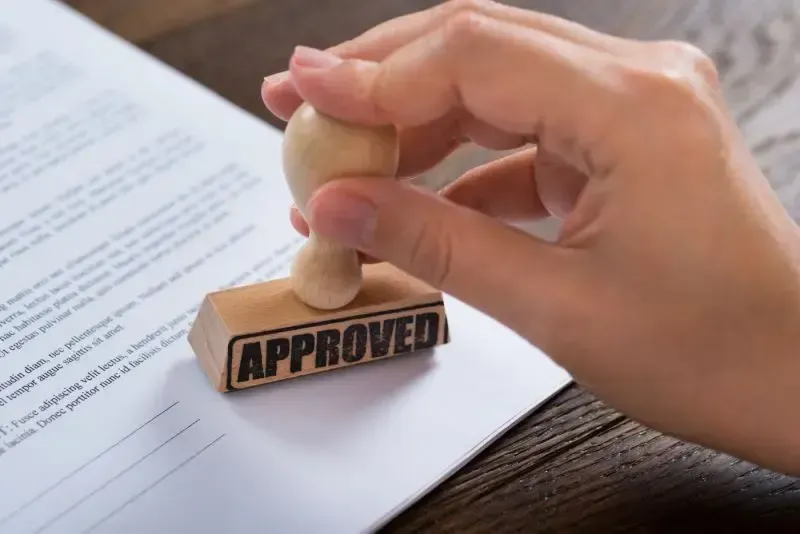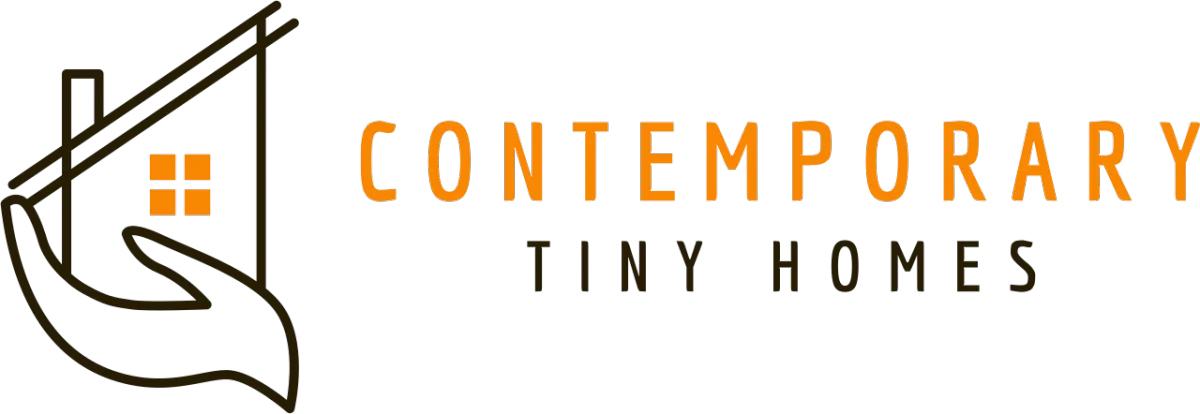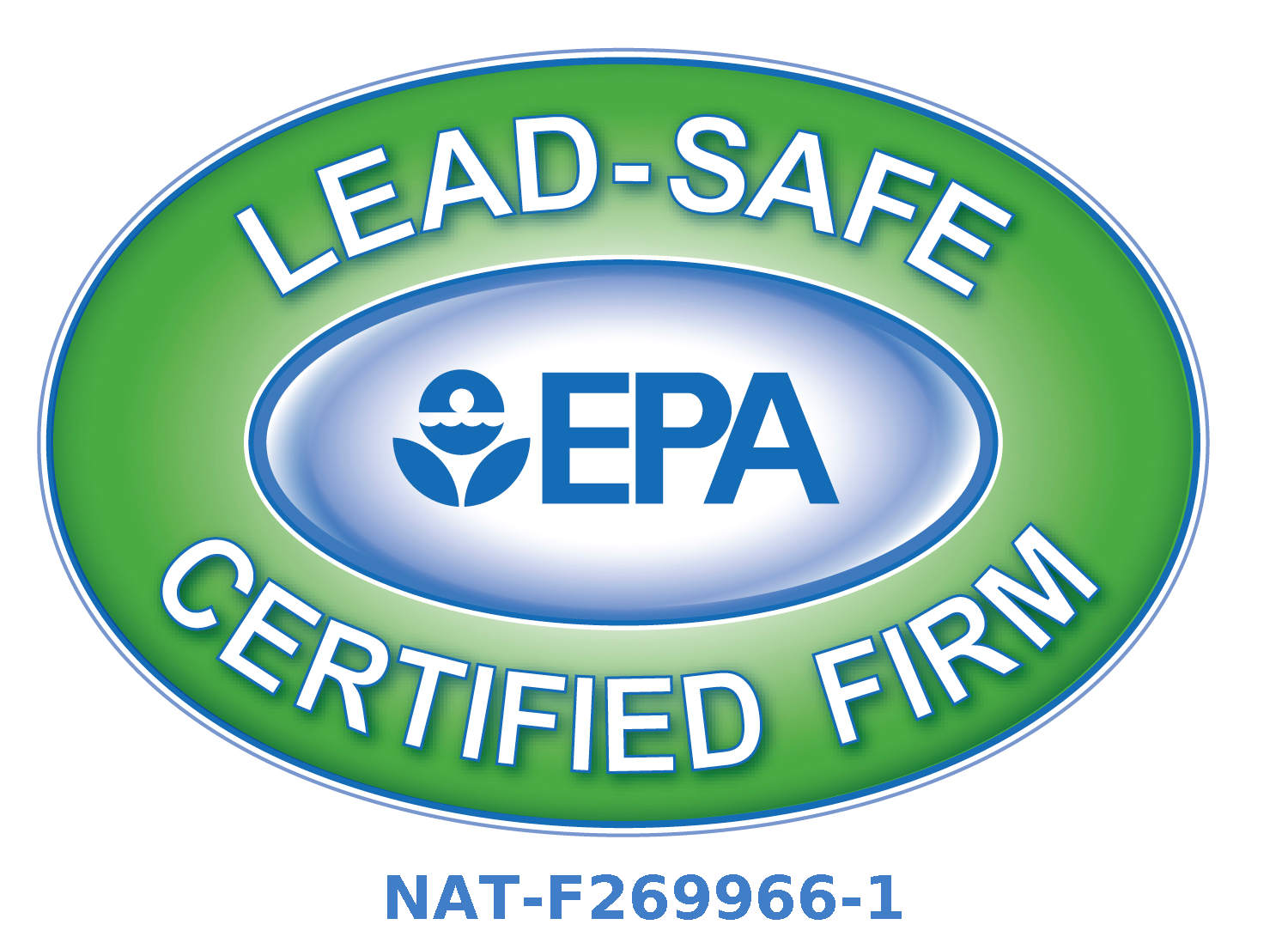Knowledge Center: Your Go-To Resource for ADUs and Tiny Living
Knowledge Center: Your Go-To Resource for ADUs and Tiny Living
Email [email protected]
Phone 860-TINY-HOM (es)

Do I need a permit to build a tiny home?
Building a tiny home can be an attractive option for those seeking a simpler and more sustainable lifestyle. However, before embarking on the construction of a tiny home, it is important to understand the permitting requirements involved. Zoning laws, building regulations, and permit processes can vary significantly depending on the location and design of the tiny home.
Let's explore the permitting process for tiny homes, providing insights into the types of permits needed, factors influencing permit requirements, common challenges faced, and the variations in regulations at the state and local levels.
Determining Permit Requirements for Tiny Home Construction
Before grabbing your toolkit and hammering away at your dream tiny home, it's essential to understand the permitting process to avoid any legal hiccups down the road.
Initial Research on Permitting
Start by researching the specific permit requirements for building a tiny home in your area. Rules and regulations can vary widely from one location to another, so arm yourself with knowledge to navigate the permitting process smoothly.
Consulting with Local Authorities
When in doubt, reach out to your local building department or planning commission for guidance. These officials can provide valuable information on the permitting process for tiny homes in your area and help ensure that your project complies with all necessary regulations.
Types of Permits Needed
Building a tiny home isn't just about picking out the perfect fixtures and furnishings - it also involves securing the right permits to keep things legal and above board.
Building Permit
A building permit is a must-have for constructing any structure, including tiny homes. This permit ensures that your project meets safety standards and building codes set by the local authorities.
Zoning Permit
In addition to a building permit, you may also need a zoning permit to confirm that your tiny home complies with local zoning regulations. This permit typically verifies that your tiny home is located in an approved area and adheres to the designated land use.
Navigating the Permitting Process
The permitting process may seem daunting, but with a bit of patience and perseverance, you can successfully maneuver through the red tape and get one step closer to turning your tiny home dreams into reality.
Application Process Overview
The permit application process typically involves submitting detailed plans and specifications for your tiny home to the relevant authorities. Be prepared to provide all necessary documentation and pay any associated fees to kick off the permitting journey.
Key Steps in Obtaining Permits
From filling out paperwork to scheduling inspections, securing permits for your tiny home requires attention to detail and a knack for following through. Stay organized, communicate effectively with officials, and don't be afraid to ask questions along the way to ensure a smooth permitting process.
Factors Influencing Permit Requirements
Location and Zoning Regulations
Location plays a crucial role in determining whether you need a permit to build a tiny home. Zoning regulations vary between urban, suburban, and rural areas, impacting where and how you can build. Some areas have specific rules for accessory dwelling units, which can include tiny homes.
Size and Design of the Tiny Home
The size and design of your tiny home can also influence permit requirements. Some jurisdictions have minimum square footage requirements for permanent structures, which may impact tiny home builds. Additionally, the materials used and whether the home is on wheels or a permanent foundation can affect permitting.
Common Challenges in Obtaining Permits
Regulatory Hurdles
Navigating the regulatory landscape for tiny homes can be challenging. Some areas may not have specific regulations in place for tiny houses, making it difficult to obtain the necessary permits. Understanding and complying with building codes and zoning laws is essential but can be a complex process.
Community Opposition
Community opposition can also present challenges when seeking permits for a tiny home. Neighbors or local groups may have concerns about the impact of tiny homes on property values or neighborhood aesthetics. Building relationships with the community and addressing their concerns can help overcome opposition.
State and Local Variations in Tiny Home Permitting Regulations
Overview of State Regulations
States have varying regulations regarding tiny homes, including definitions, building codes, and permitting processes. Some states have specific laws addressing tiny homes, while others may treat them as RVs or accessory dwelling units. Understanding state regulations is crucial before starting a tiny home build.
Local Variations in Permitting Processes
Local governments can have their own unique permitting processes for tiny homes. Cities and counties may have different requirements for setbacks, utilities, and occupancy standards. Working closely with local officials and zoning departments is key to navigating these variations and ensuring compliance with regulations.
Conclusion
Navigating the permitting process for building a tiny home requires careful consideration of zoning laws, building regulations, and local requirements. By understanding the types of permits needed, consulting with authorities, and overcoming common challenges, individuals can successfully embark on their tiny home construction journey.
While the regulatory landscape may present hurdles, the increasing popularity of tiny homes is prompting some jurisdictions to adapt and create more accommodating regulations. As you pursue your dream of a tiny home, remember to stay informed, seek guidance, and advocate for supportive policies in your community.
FAQ
What types of permits are typically required for building a tiny home?
Common permits include zoning, building, electrical, and plumbing. Zoning permits ensure the home complies with local land use rules, while building permits verify it meets safety standards. Electrical and plumbing permits are often needed if the tiny home will have utilities installed.
Can I apply for permits online or do I have to go in person to city hall?
Many cities and counties offer online portals for permit applications, making it possible to complete the process remotely. However, some areas may still require in-person visits to city hall, especially for reviewing complex plans or getting clarification. It's best to check with your local planning and building department to understand their specific requirements.
How long does it typically take to obtain a permit for a tiny home?
The time to obtain a permit for a tiny home can vary widely based on location and the scope of the project. In some areas, it can take a few weeks, especially if online applications are processed quickly. However, in busy jurisdictions or for more complex plans, it may take several months.

Copyright 2025. All rights reserved. Norwalk, CT
Connecticut's New Home Construction Contractor License: #NHC.0017654
EPA Lead-Safe Certified NAT-F269966-1

